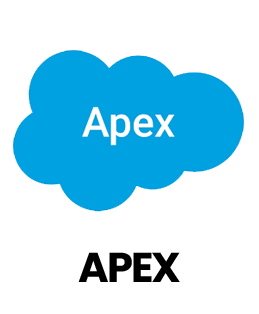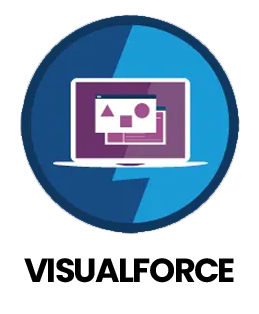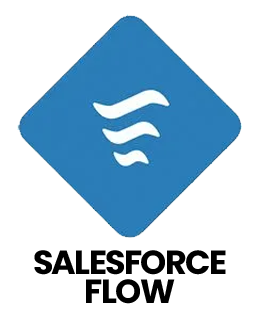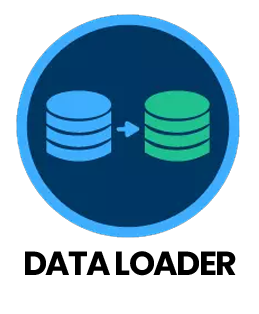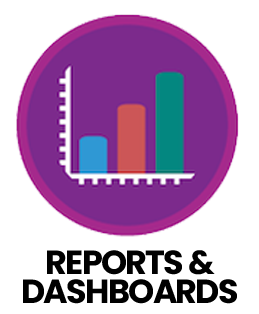1. How does a Salesforce Administrator differ from a Salesforce Developer?
Ans:
A Salesforce Administrator manages the platform by configuring objects, workflows, reports, dashboards, users and security settings without writing code. A Salesforce Developer, on the other hand, uses Apex, Visualforce and Lightning Web Components to build custom applications and extend Salesforce functionality. Administrators focus on usability, process optimization and system management, while Developers handle coding and advanced customizations.
2. What is the process for gathering requirements in a Salesforce project?
Ans:
Requirement gathering involves performing stakeholder interviews, surveys and process analysis to understand business objectives and user needs. The insights collected help define objects, fields, workflows and automation processes, ensuring the Salesforce solution aligns with organizational goals and provides real business value.
3. What tools are commonly used for Salesforce development and administration?
Ans:
Essential tools include Salesforce Lightning App Builder for creating user interfaces, Flow Builder for process automation, Apex and Visualforce for custom development, Salesforce CLI and VS Code for efficient development and deployment, Data Loader for importing and exporting data and Reports & Dashboards for analytics and performance monitoring.
4. What is a Salesforce Object and how is it created?
Ans:
A database table that holds data like Accounts, Contacts or Opportunities is called a Salesforce Object. Objects can be standard, provided by Salesforce or custom, created to meet specific business requirements. Creating a custom object involves defining fields, relationships and security settings and then using it in workflows, reports and automation to manage data efficiently.
5. How is security and accessibility ensured in Salesforce implementations?
Ans:
Security is maintained through profiles, roles, permission sets, sharing rules, field-level security and features like two-factor authentication. Accessibility is ensured by designing clear page layouts, proper field labeling, intuitive navigation and responsive interfaces, allowing users to interact with Salesforce efficiently across devices.
6. What is the process for creating Salesforce reports and dashboards?
Ans:
Creating reports and dashboards starts with identifying key business metrics and data sources. Reports are designed using appropriate filters, groupings and visualizations, while dashboards present KPIs through charts and graphs. Feedback from end-users is incorporated to refine the reports, ensuring actionable insights for decision-making.
7. How is a Salesforce solution validated before deployment?
Ans:
Validation involves sandbox testing, user acceptance testing (UAT), regression testing and stakeholder review. Real business scenarios are used to verify that workflows, automations and data models function correctly. This ensures the system operates as intended before it goes live in production.
8. What are the guiding principles of an effective Salesforce implementation?
Ans:
Key principles include maintaining clean and validated data, designing scalable and maintainable configurations, prioritizing declarative tools over custom code, following consistent naming conventions, documenting configurations and using automation to enhance efficiency without introducing complexity.
9. How are conflicting feedback and requirements from stakeholders managed?
Ans:
Conflicting feedback is documented and analyzed against business requirements and system constraints. Prioritization is based on business impact, with transparent communication about trade-offs. Balanced solutions are proposed to address both stakeholder concerns and operational efficiency, ensuring consensus and system effectiveness.
10. How can Salesforce professionals stay updated with trends and technologies?
Ans:
Staying current involves completing Trailhead modules, reviewing Salesforce release notes, attending webinars and events such as Dreamforce, participating in community forums and local user groups and exploring new applications on AppExchange. These activities help maintain expertise and apply the latest features and best practices effectively.


